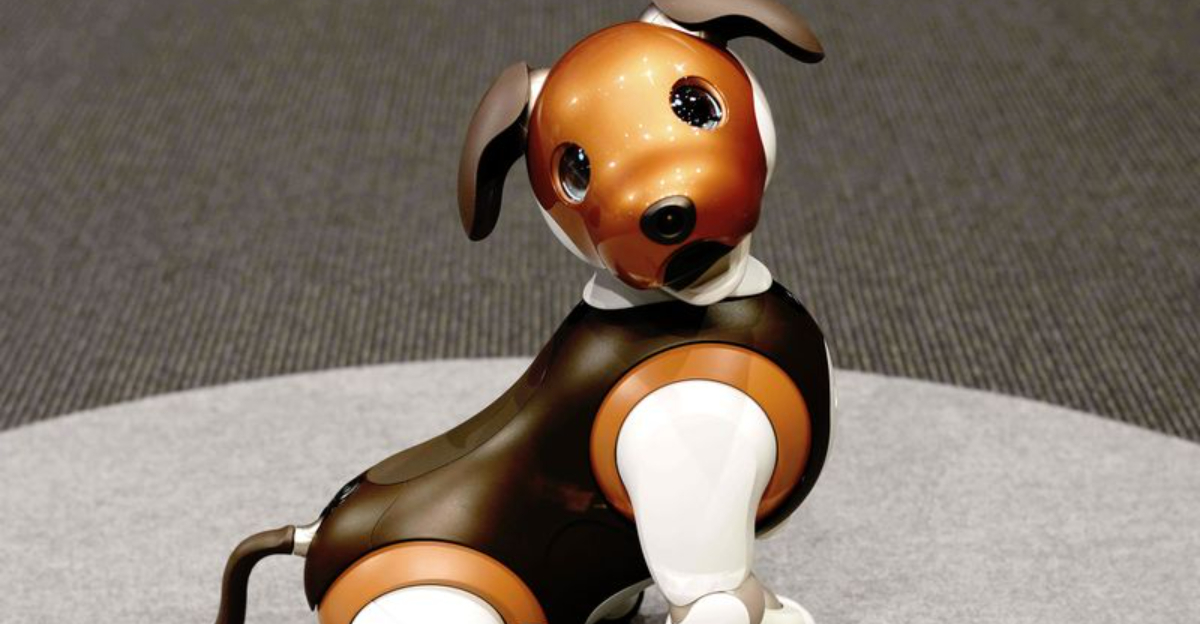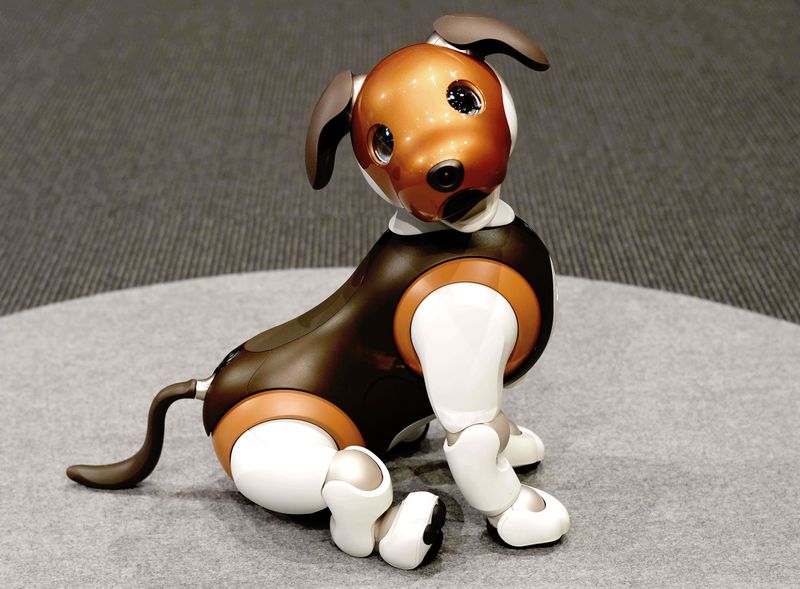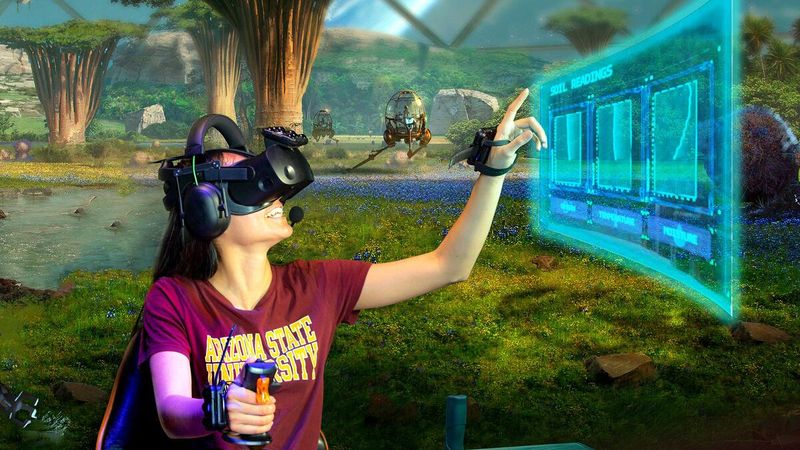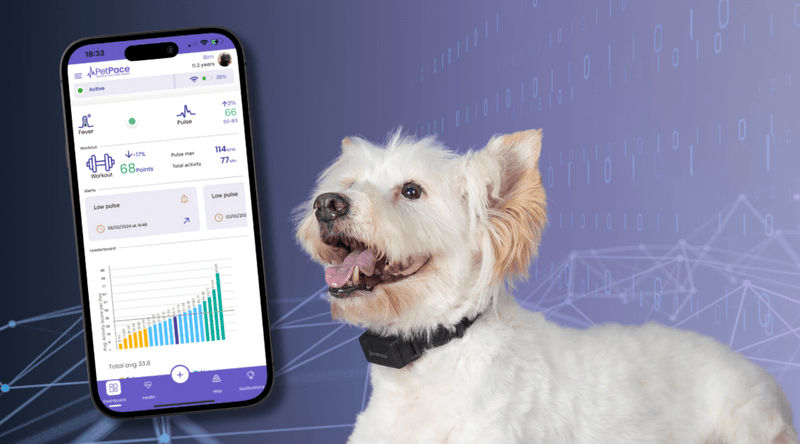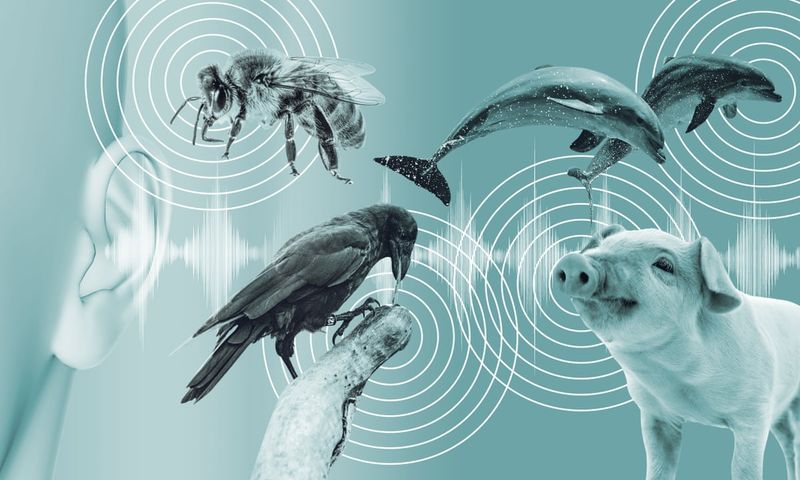Animals have been our companions, helpers, and friends for thousands of years. The special connection between humans and animals runs deep, creating a bond full of love, trust, and understanding. But as technology gets more advanced, some wonder if robots and artificial intelligence could ever take the place of our furry, feathered, or scaly friends. Let’s explore whether technology can truly replace the meaningful relationships we share with animals.
Robot Pets: Companions Without Fur
Imagine coming home to a robot dog that never needs walks or feeding but still greets you with excitement. Companies have created impressive AI pets that respond to touch, recognize voices, and even simulate emotions. These mechanical companions are especially helpful for people in places that don’t allow real animals, like certain apartments or care facilities.
For elderly individuals with dementia, robotic pets provide comfort without the responsibilities of actual pet care. They never die, get sick, or require trips to the vet. Studies show interactions with these artificial friends can reduce stress and loneliness in some situations.
However, something fundamental is missing: the unpredictability and genuine connection that comes from interacting with a living being. Robot pets follow programming rather than forming true emotional bonds. They can mimic affection but cannot truly feel it.
Virtual Reality Animal Experiences
Put on a VR headset and suddenly you’re swimming with dolphins or walking among elephants in Africa! Virtual reality technology creates amazing animal encounters that would be impossible or impractical in real life. These immersive experiences let people observe and interact with digital animals that look and behave remarkably like their real counterparts.
Schools use these programs to teach about wildlife without field trips, while conservation groups create virtual safaris to raise awareness about endangered species. The technology offers accessibility to people with physical limitations who couldn’t otherwise experience such animal encounters.
The downside? These digital animals can’t smell, touch, or truly interact with you. The sensory experience remains incomplete. No matter how realistic the graphics, you’re still engaging with computer code rather than a living creature with its own will and consciousness.
AI-Powered Pet Monitoring Systems
Smart collars track your pet’s location, activity levels, and even health metrics in real-time. Automatic feeders dispense perfect portions while you’re away. Camera systems let you check on your furry friend and even dispense treats with the tap of an app! These technological tools have revolutionized pet care, especially for busy owners.
A working parent can now check in on their dog throughout the day, speaking through two-way audio systems to offer reassurance. Smart litter boxes can detect early signs of health problems in cats by analyzing waste. The data collected creates a comprehensive health profile that veterinarians can use for better diagnosis.
Yet these conveniences might inadvertently reduce actual interaction time between pets and their humans. Technology that makes pet ownership easier shouldn’t replace the walks, play sessions, and cuddle time that strengthen bonds. The best approach combines technological assistance with plenty of genuine connection.
Animal Communication Technology
Scientists are developing fascinating tools to bridge the communication gap between species. Some devices translate dog barks into rough emotional categories, while others allow marine researchers to play back dolphin sounds in attempts to establish basic communication. The frontier of animal-human communication technology grows more sophisticated yearly.
Researchers at several universities have created vests for service dogs that allow the animals to trigger pre-recorded messages when they pull special tabs. Other teams work on decoding animal brain patterns to better understand their perceptions. These technologies could dramatically change how we understand and connect with animals.
The excitement around these innovations reveals something important: we deeply desire to communicate better with animals. This very desire highlights the irreplaceable value of the bond. Technology might enhance communication, but the connection we seek to strengthen through these tools already exists naturally between humans and animals.
The Biological Benefits Missing from Technology
When you pet a real dog, your body releases oxytocin—often called the “love hormone”—creating feelings of bonding and trust. Your blood pressure drops. Stress hormones decrease. These physiological responses happen automatically during positive interactions with living animals, forming the biological foundation of the human-animal bond.
Research shows children who grow up with pets often develop stronger immune systems and fewer allergies. The microbiome sharing between humans and animals creates biological connections that technological substitutes simply cannot replicate. Even the unpredictability of animal behavior stimulates our brains in ways programmed responses cannot.
Animals offer a connection to nature and a reminder of our place within it. They respond to us with genuine emotions—not simulated ones—and form relationships based on trust and mutual care. While technology can imitate appearances and some behaviors, it cannot replicate the living essence that makes our bonds with animals so meaningful and health-promoting.
